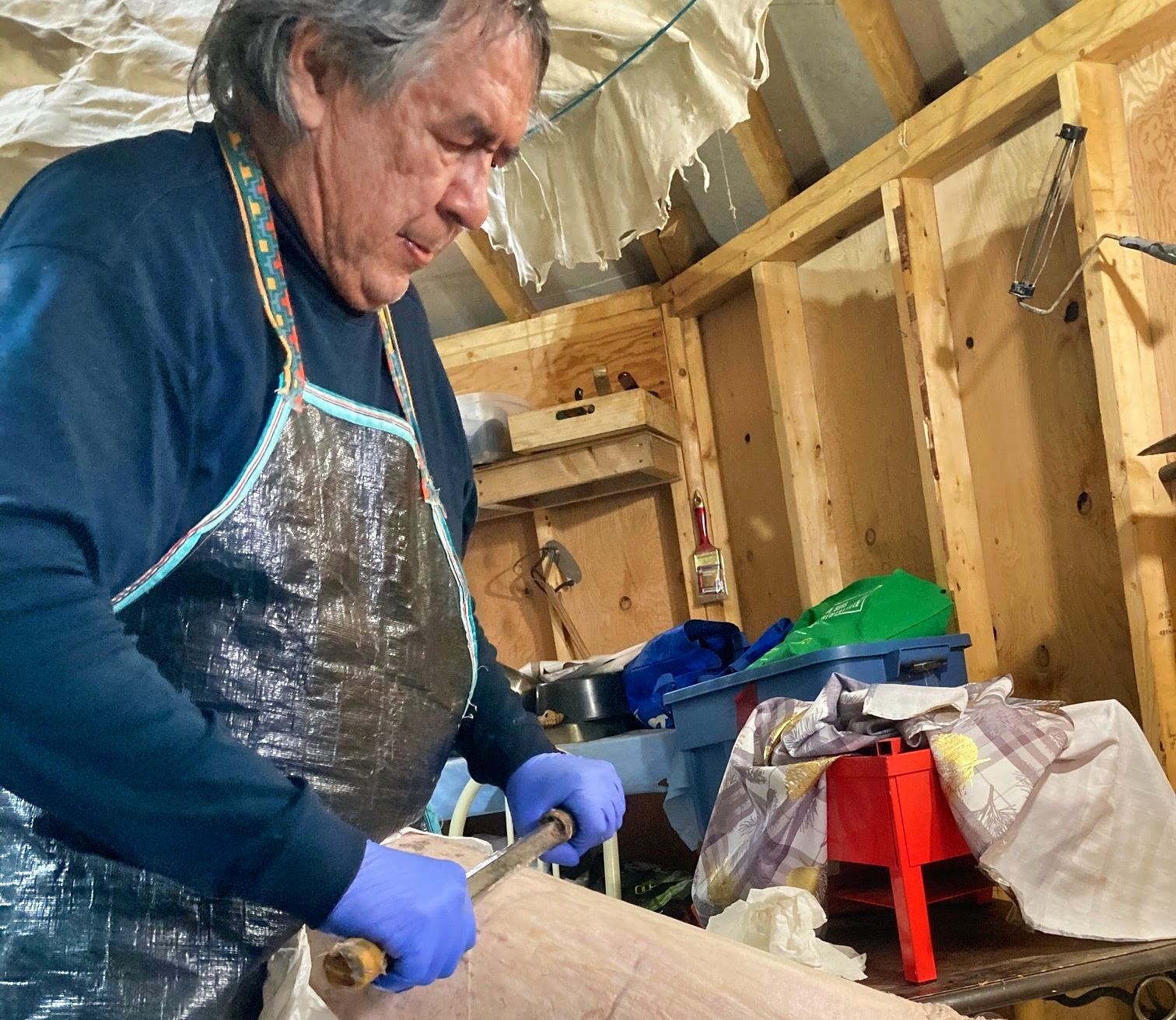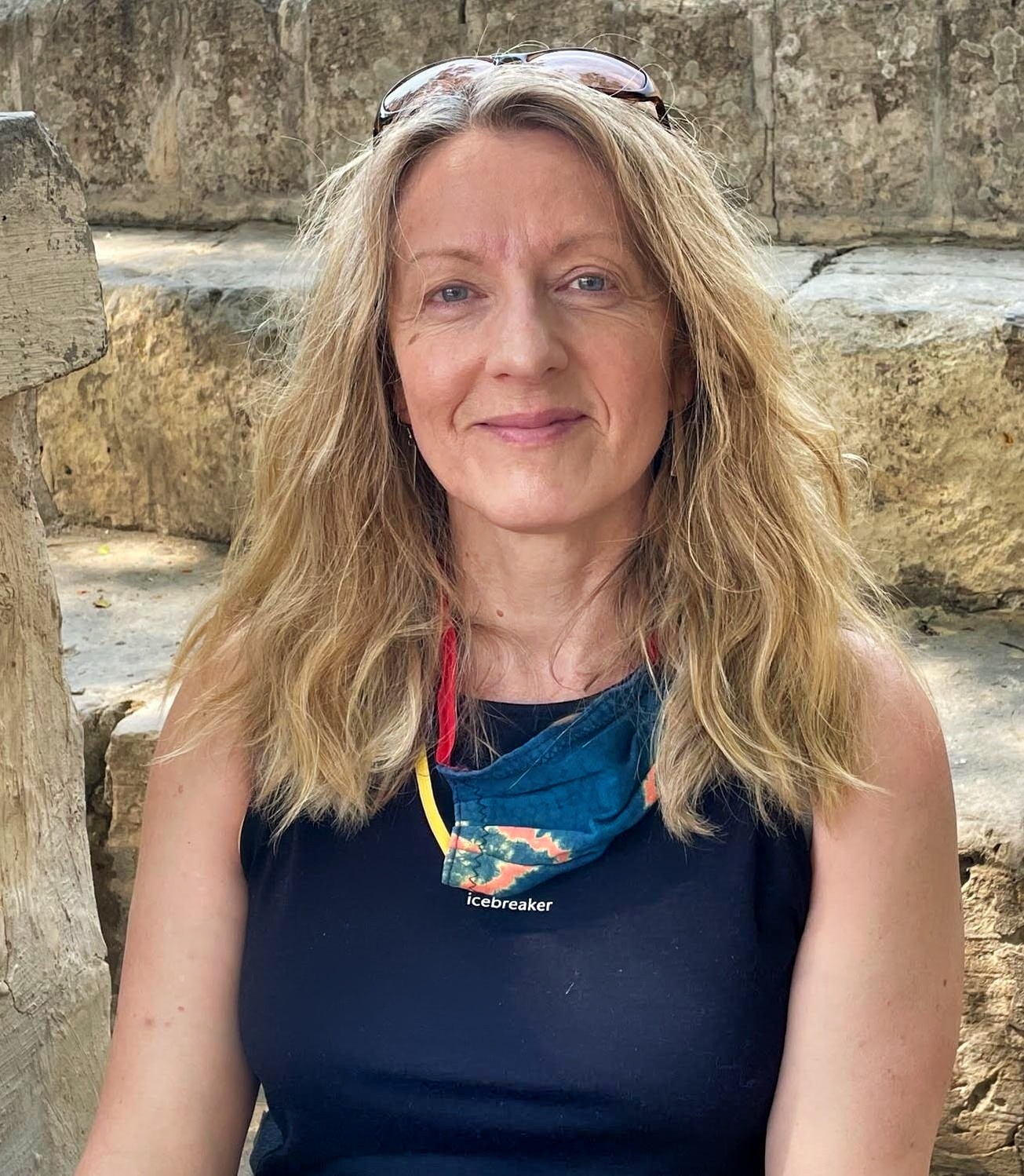For years, Wally Rabbitskin would wake up drenched in sweat, shaking off a recurring nightmare in which he gripped the steering wheel of a big car with leather seats and “a stink in the air.”
Dominating the scene is a sinister, inescapable face — that of his abusive physical education coach and self-appointed driving instructor at residential school.
“The coach’s face kept dropping into Wally’s dreams at night or in front of his face in the day, always without warning,” writes author Ruth DyckFehderau in a new collection of stories recounting the horrors of residential schools attended by the James Bay Cree.
“Each time it made him sweat right through all of his clothes, it brought a hot metal taste into his mouth, and it made him suddenly inexplicably enraged.”
Years later, after earning a college certificate in physical education, a university degree in social work and landing a good job, Rabbitskin was still haunted by that unforgettable face.
His experience of sexual and physical abuse at La Tuque Indian Residential School is not unlike countless other stories across Canada, many of which came to light a decade ago during the hearings of the Truth and Reconciliation Commission of Canada.
DyckFehderau has collected 19 such stories in a book called E nâtamukw miyeyimuwin: Residential School Recovery Stories of the James Bay Cree, a project commissioned by the Cree Board of Health and Social Services of James Bay. The Cree part of the title roughly translates to “going forward to a good place of peace.”
Arriving at that peaceful place has been a struggle for survivors. For most of those who volunteered their stories, “the act of telling came at significant personal cost,” says DyckFehderau, an adjunct professor in the University of Alberta’s Department of English and Film Studies.
For some, it was the first time they had ever spoken of their experience.
“We made the process as gentle and as respectful as we could, but for no one — not one single storyteller — did telling the story appear to be easy.”
The stories are undeniably disturbing, necessitating a trigger warning for the entire book. Along with the pervasive abuse, however, emerge dominant themes of survival, resilience, hope and humour. For each storyteller, the work of healing has been worthwhile.
“Through their stories, you learn about culture as treatment, about the power of forgiveness and love, and about peaceful co-existence in community as essential to healing, belief and advancing true reconciliation,” says Chief Willie Littlechild of the Ermineskin Cree Nation, a former Truth and Reconciliation Commissioner and U of A graduate.
The collection is meant first and foremost for James Bay Cree survivors of residential school and intergenerational trauma to share as a path toward healing, says DyckFehderau.
“It is meant to do the work that talking circles do: make space for stories to be told and heard, and for information to be shared and processed,” she notes. “A secondary intended audience is any non-Indigenous reader ready to know more about this profoundly influential period of Canadian history that was for so long concealed.”
E nâtamukw miyeyimuwin follows DyckFehderau’s debut story collection from the James Bay Cree published six years ago. Called The Sweet Bloods of Eeyou Istchee and also commissioned by James Bay’s health authority, it documents the region’s epidemic of diabetes and its connection to colonization.
For both collections, DyckFehderau worked closely with those willing to share their stories. She facilitated loose conversations in English rather than conduct formal interviews, accommodating participants’ desire for discretion and privacy when necessary. Some requested pseudonyms.
DyckFehderau would take notes when she could, either during the conversation or immediately afterwards, returning home to faithfully compose what she’d heard.
“I try to craft it in a way that resonates with the storyteller’s account, with the teller her or himself, and with the emotions that filled the room when I heard it,” she says. “We review the story together, line by line. At this point, storytellers often add, remove or adjust details.
“We repeat this process as often as necessary, until the storyteller is satisfied with the story.”
DyckFehderau says she’s often asked why she, as an outsider, was hired to document such sensitive material. Would not a Cree writer from Eeyou Istchee accomplish the task with more insight?
A fair question, to be sure, says DyckFehderau. But as one source at the Cree health board put it, “Our own have enough to carry.” Hiring an outsider is seen as “an act of care … allowing difficult stories to be recorded, while putting some of the trauma recovery work on someone who has lived in Eeyou Istchee but who is not Indigenous,” she says.
Another two or three volumes with more stories of residential school recovery from the James Bay Cree will follow over the next few years, she adds.
These harrowing tales are by no means easy to take. But DyckFehderau urges her readers to “take heart.”
“Though there is brutality in the pages that follow … there is also laughter and joy. These stories come to you from the good places of peace these storytellers have worked hard to reach.”

